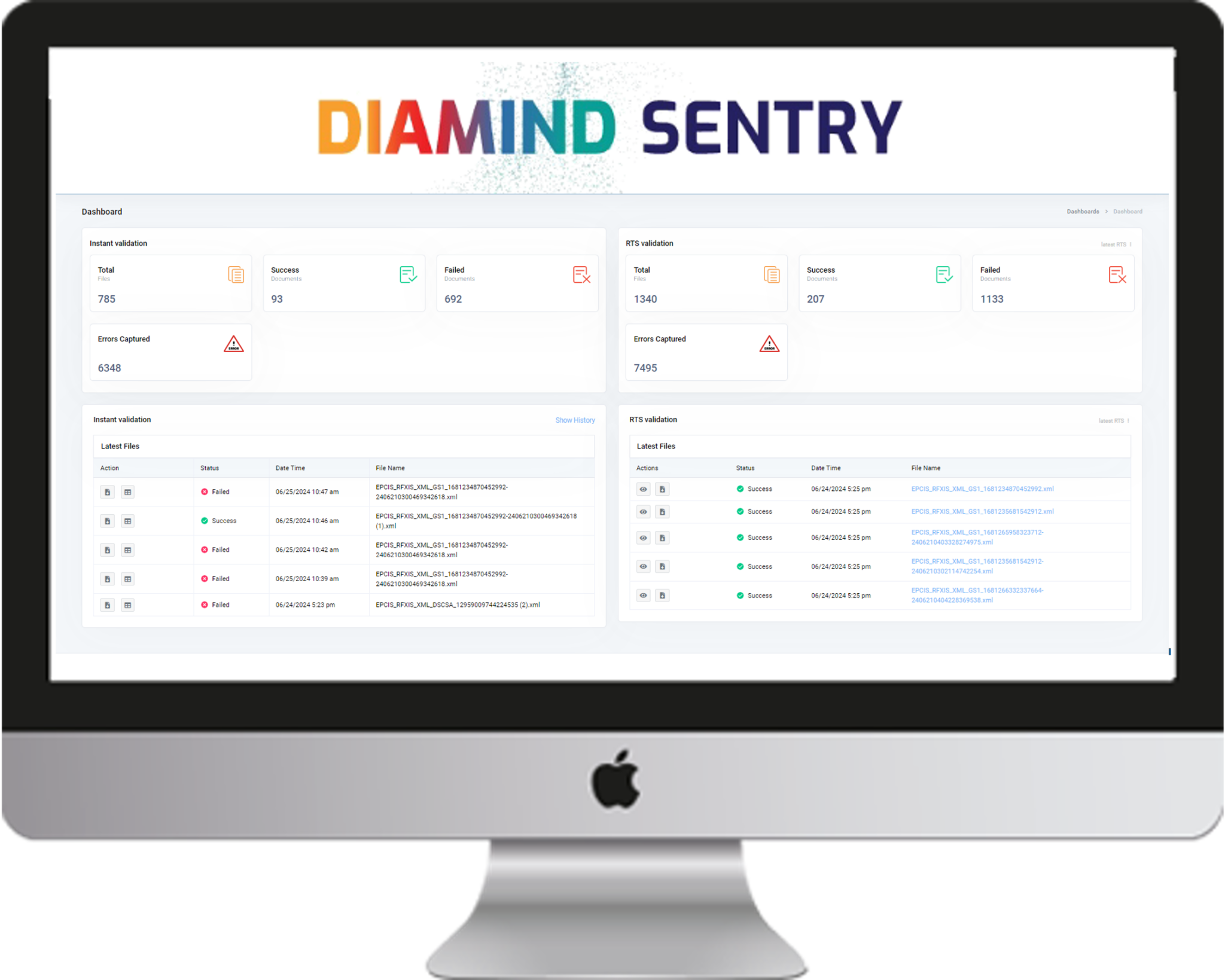Food waste is a huge problem in the food supply chain. A quick look at the statistics shows that good food is being wasted from one end of the supply chain to the other: on farms, during distribution, at stores, and in peoples’ homes.
The National Resource Defense Council reports that up to 40 percent of the food in the United States is never eaten. The financial statistics aren’t any better: According to ReFED, a nonprofit working to reduce U.S. food waste, American consumers, businesses, and farms spend $218 billion — 1.3% of the country’s gross domestic product — growing, processing, and disposing of food that’s never eaten. ReFED also says that, every year, 52 million tons of food goes into to landfills and 10 million tons is discarded or left unharvested on farms. Furthermore, the U.S. Department of Agriculture estimates that supermarkets lose $15 billion annually in unsold fruits and vegetables alone.
rfxcel is committed to helping reduce food waste — and increasing the food and beverage industry’s productivity and financial health — by improving supply chain visibility and enabling companies to harness the power of unit-level data in a digital supply chain. Let’s find out how we do this.
Making every product a “digital asset” in a digital supply chain
rfxcel is thinking about food waste differently. We believe that granular data about products at different hierarchies will reduce waste from the very beginning of the food supply chain. Our food and beverage solutions, including our MobileTraceability app and rfxcel Integrated Monitoring (rIM), create a digital supply chain that allows companies to turn every food product into a “digital asset.” Tracking these assets at different times (e.g., harvest, packaging, distribution) and levels (e.g., pallet, case, unit) reveals exactly what’s happening to it from the farm all the way to the checkout line. This creates opportunities to pinpoint where food waste may be occurring and to take action to stop it cold.
Using rfxcel technology at every node of your supply chain, companies can “load” their products with rich data. For example, you can add information about critical tracking events and specific product attributes. This creates an all-important product pedigree that can aid in stopping food waste by reducing spoilage, monitoring shelf life, and making sure the value of every food product is optimized.
Supply Chain Visibility Means Less Food Waste
The important result of a digital supply chain with digital assets is supply chain visibility. And frankly, the food and beverage industry needs to improve supply chain visibility. If you can see deeply into every aspect of your supply chain, you’ll have the “intel” to fight food waste. With the full unit-level life cycle of a product at your fingertips, you can connect with whenever you want, including to see if it has sold, when it expires and “best by” dates — even if you can connect it to post-consumer and secondary markets.
And there’s an added benefit for food and beverage companies: With digital assets in a fully digitized food supply chain, you can wring every last bit of value out of every product. First, rfxcel validates all your data so you know it’s accurate, timely, and compliant. From there, the opportunities are virtually limitless. Use your data for data analytics. Use it to communicate with consumers. Use it to boost your bottom line and secure your brand.
rfxcel wants you to see deeply into every aspect of your operations — and we have the technology to do it. Our solutions offer much more than the mere Who, What, When, Where, Why, and How about products. Contact us today to learn more about decreasing food waste and increasing value through visibility in a digital food supply chain.





